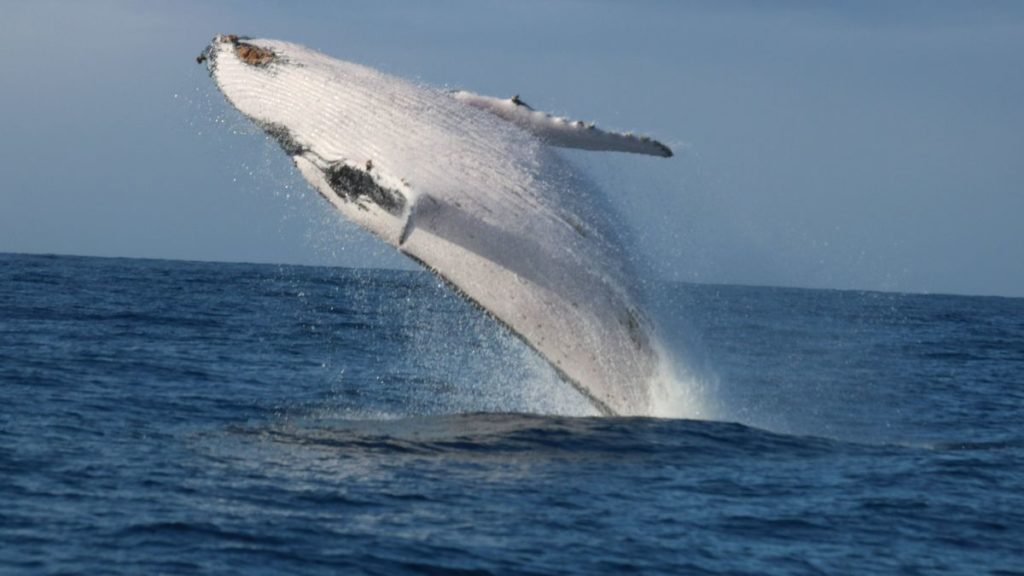#where are the whales?
Many thanks to those that were able to complete the #wherearethewhales mini-survey. We received 6 responses from 6 countries – Kenya, Mozambique, South Africa, Madagascar, Reunion, Mauritius – in the Western Indian Ocean. The responses suggest that the 2022 humpback whale season in the Western Indian Ocean was exceptional for 4/6 respondents, with higher than typical sighting rates. However, sightings rates at St Marie in Madagascar were reported to be lower than expected, and rates in South Africa were considered to be average.
Notable among responses were the following:
• Sightings rates overall were greatly improved on past seasons at most sites, with 4 of 6 responses reported in the ‘high’, ‘very high’ or ‘exceptionally high’ categories). Whale presence in the Mascarenes was clearly very good, and reported sightings from Zavora in Mozambique were also higher than is typical.
• The incidence of mother and calf pairs was generally high at (3/5 responses) but reported sightings from South Africa were ‘low’ although the period of observations was not aligned with the other sites, so may not be comparable.
• The occurrence of competitive groups, a behaviour typical of the breeding season, was also very mixed, with many reported from the Mascarenes, but many fewer in Madagascar and South Africa. Kenya reported an average number, although sightings were reported from several places on the coast, not just at the main research site of Watamu.
Across the region the earliest sighting date was in late May in Mauritius, and the last sighting date was from late January (2023) in South Africa. The season in Mauritius and Reunion was longer than typical, with whales staying into November and December at each site respectively. In Reunion, photo identification data suggest that whales had a higher residency time than usual. The season in Madagascar was shorter than typical, lasting barely one month at St Marie, while in Kenya it was considered to be quite typical for recent years.
Whales in Mauritius and Madagascar were considered to be atypically elusive around boats. In South Africa, supergroups were observed on the SW coast, but their formation did not last as long as usual, with no supergroups observed after early January. In Kenya many sightings were reported very close to shore, with some we had instances of animals approaching as close as 600m. Reports to the Kenyan Marine Mammal Network, an informal group that communicates via WhatsApp also indicate that competitive groups were seen at many sites along the Kenyan coast.
Contributors : Tim Collins
